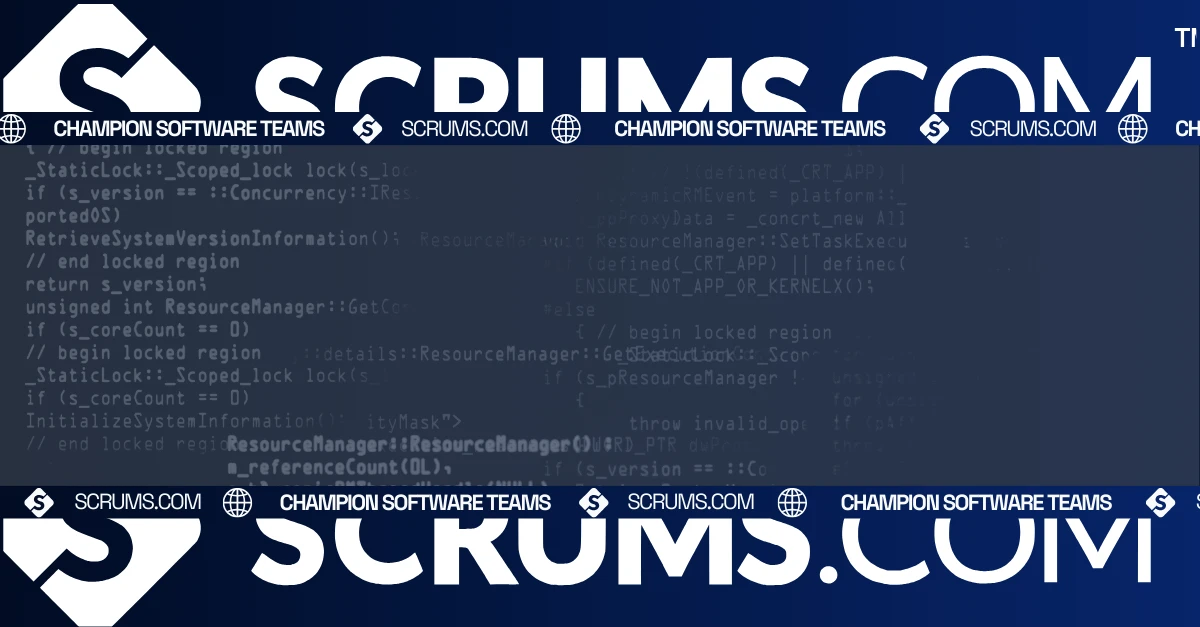Semantic: Code Analysis & Understanding Tool
Repository Overview
Semantic is an advanced code analysis tool developed by GitHub that provides deep understanding and static analysis capabilities for various programming languages. It is designed to assist developers in writing better code by providing tools for syntax highlighting, code navigation, refactoring, and more. Semantic is particularly valuable for those involved in code reviews, automated refactoring, and static analysis in both individual and enterprise-level projects.
Information compiled in September 2024 is subject to change:
- Stars on GitHub: 8.9K
- Forks: 454
- Contributors: 46
- Last Update: August 2024
Core Features and Benefits
Multi-Language Code Parsing: Supports parsing for multiple programming languages, including Haskell, Python, JavaScript, TypeScript, and Ruby, allowing for comprehensive code analysis across various tech stacks.
Syntax Tree Generation: Generates abstract syntax trees (ASTs) from source code, which can be used for advanced code analysis and tooling integration.
Precise Refactoring Tools: Provides a foundation for building precise refactoring tools that help in modifying codebases with confidence and safety.
Static Analysis Capabilities: Enables powerful static analysis by generating a semantic graph of the code, which can be used for finding patterns, understanding dependencies, and enforcing code standards.
Customizable and Extensible: Built with extensibility in mind, allowing developers to customize and extend its functionality to fit their specific needs.
Benefits for Developers:
- Enhances code quality and maintainability through precise analysis and refactoring tools.
- Saves time by automating repetitive code review and refactoring tasks.
Benefits for Business Stakeholders:
- Reduces technical debt by enforcing consistent code standards and best practices.
- Improves team efficiency and codebase reliability, leading to faster release cycles and better product quality.
Use Cases
Code Review Automation: Semantic can be integrated into CI/CD pipelines to automate code reviews, ensuring code quality and consistency without manual intervention.
Static Analysis for Compliance: Organizations use Semantic to enforce coding standards and ensure compliance with internal or external regulations.
Automated Refactoring: Developers leverage Semantic’s AST and semantic graph generation to build custom refactoring tools for large codebases.
Building Developer Tools: Semantic serves as the backbone for building advanced developer tools that provide IDE-like features such as code navigation, search, and syntax highlighting.
Getting Started Guide
To get started with Semantic:
Clone the Repository:
git clone https://github.com/github/semantic.git
Install Haskell and Dependencies: Ensure you have Haskell installed. Follow the instructions in the Semantic documentation to set up dependencies.
Run Semantic: Start parsing code and generating syntax trees using Semantic commands.
semantic parse --lang python example.py
Community and Support
GitHub Issues: Join the community in reporting bugs, requesting new features, or seeking support on GitHub Issues.
Documentation: Comprehensive documentation is available to help users get started, integrate, and extend Semantic.
Community Contributions: Users are encouraged to contribute to the project by submitting pull requests, sharing their use cases, or enhancing documentation.
Integration Possibilities
Semantic can be integrated with IDEs, code editors, CI/CD pipelines, and other developer tools to provide enhanced code analysis and automation capabilities. It can also be extended to support additional languages and custom static analysis rules.
Performance and Scalability
Performance: Optimized for fast code parsing and analysis, Semantic is capable of handling large codebases efficiently.
Scalability: Suitable for small teams and large enterprises, allowing for scalable integration into diverse development workflows.
Licensing and Security Considerations
Licensing: Semantic is distributed under the MIT License, permitting flexible use, modification, and redistribution.
Security: As a code analysis tool, it is essential to keep Semantic and its dependencies up-to-date to avoid potential security vulnerabilities.
Maintenance and Longevity
Semantic is maintained by GitHub and the open-source community, ensuring it is regularly updated with new features, bug fixes, and language support expansions. Its active development makes it a reliable choice for long-term integration.
Alternatives and Comparisons
SonarQube: A powerful static analysis tool that provides code quality checks and reports, but Semantic offers more flexibility and customization for developers.
CodeClimate: A popular code review and quality tool but with less focus on deep static analysis and extensibility compared to Semantic.
Our Recommendation
Why choose Semantic? If your team is focused on building robust, developer-centric tools or needs advanced code analysis and refactoring capabilities, Semantic is an excellent option. It provides powerful static analysis, syntax tree generation, and multilingual support, making it perfect for developers looking to automate code reviews, ensure code quality, and reduce technical debt in both small and large-scale projects.
Common FAQs Around this Code Repo
Semantic currently supports Haskell, Python, JavaScript, TypeScript, and Ruby, with plans to expand support to more languages.
Contributions can be made by forking the repository, creating new branches, making changes, and submitting pull requests as per the contribution guidelines.
Yes, Semantic is highly scalable and customizable, making it suitable for both small teams and large enterprises.
Absolutely. Semantic can be integrated into CI/CD pipelines to automate code analysis, enforce coding standards, and perform automated code reviews.
Semantic is currently optimized for specific languages, and while it is highly extensible, additional setup may be required to fully integrate it into unique development environments.
Explore Software Development Blogs
The most recent trends and insights to expand your software development knowledge.






